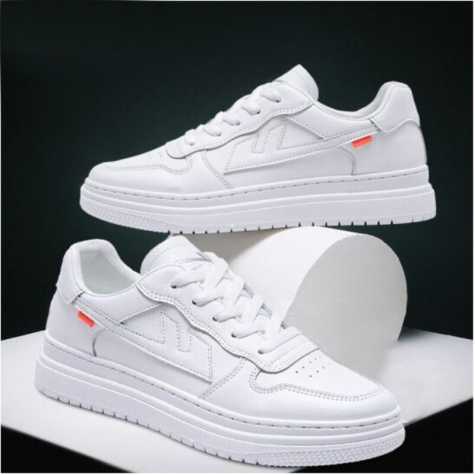why shoe a horse with resin
Marey, a mare of my acquaintance, recently required shoeing. For a horse shoeing, the horseshoe is nailed to the hoof, and then removed for proper trimming and cleaning when necessary. The process itself is usually pretty quick; in my experience I have watched as many as four horses being shod in less than an hour. However, the reason I wanted to go into this particular story was not due to the speedy process, but rather due to a chicken-and-egg scenario that challenged me on how best to remove my friend's shoe without causing irreparable harm or pain.
Image source: https://www.flipkart.com/
In order for the horseshoe to be placed on the hoof, a person must first take off all of the horse's shoes. In order for one person to do this job properly, they must have another with enough strength and dexterity to lop off each leg of each hoof with ease. This is what makes it a chicken-and-egg scenario. Marey only had one person to help her out with her shoeing, and that person had enough strength and dexterity to do the horseshoeing, but not enough strength and dexterity to remove the horseshoes themselves. In this particular situation, we were lucky in the sense that the two people there were friends. The horse's owner offered a few suggestions that would probably have worked without fail, but he realized that his friend was desperate for another solution.
So we came up with a solution; it was an ultimately reckless solution that could have caused harm to both horse and human alike, but it is what we did nonetheless. The horseshoe was placed on the horse's hoof, and then instead of taking it off in a normal manner, we took out a large resin from the hoof. This resin (as with all resins) sparkles and shines in the light. It is generally used for various artistic endeavors by people to make jewelry and other objects for aesthetics more than functionality.
The horse owner suggested this method after I mentioned that Marey takes about five days to recover from her shoeing sessions, as she has been known to limp and bleed in areas between the nails after being shod without fail. The horseshoe is placed on her foot, but it is still very much in place. This resin is then applied quite liberally to the horse's hoof. It dries very quickly and becomes hard like a rock; however, it can still be chipped at with a hammer or other object.
Image source: https://www.amazon.in/
We had the person who was doing the shoeing apply the resin in as many spots between Marey's nail holes as possible. This ensured that when we went to remove the horseshoe, we could chip away at it without causing any harm to my friend. As we did this, Marey stood perfectly still with her head high and eyes forward; she hardly moved an inch while the resin was drying on her hooves. We left it on for about twenty minutes, and then took the horseshoe off.
The resin was removed with a hammer, and Marey kept her hoof in the air the whole time. The resin chipped away at the nail holes, making our job of removing them much easier than it would have been otherwise. It was much less stressful for both my friend and his horse; he did not have to worry about painful chipping that could lead to injury or infection, and she did not have to experience being picked up by humans who know her too well and are comfortable enough to be in his presence without shoes on their feet. We were able to remove each horseshoe without even having a nail hit dirt.


Comments
Post a Comment